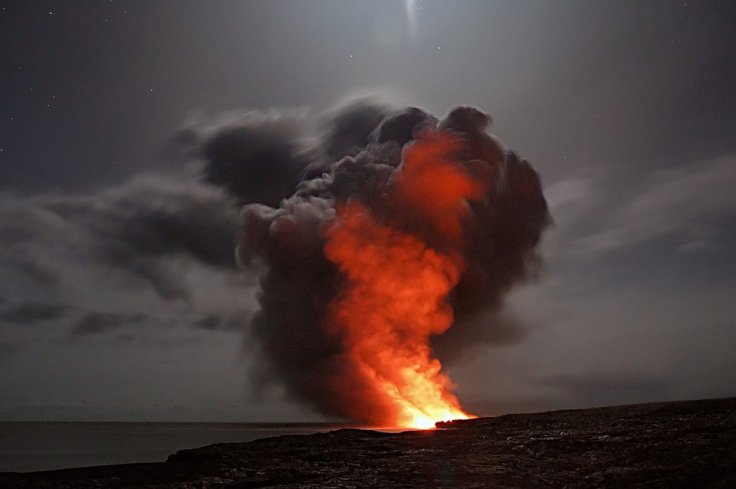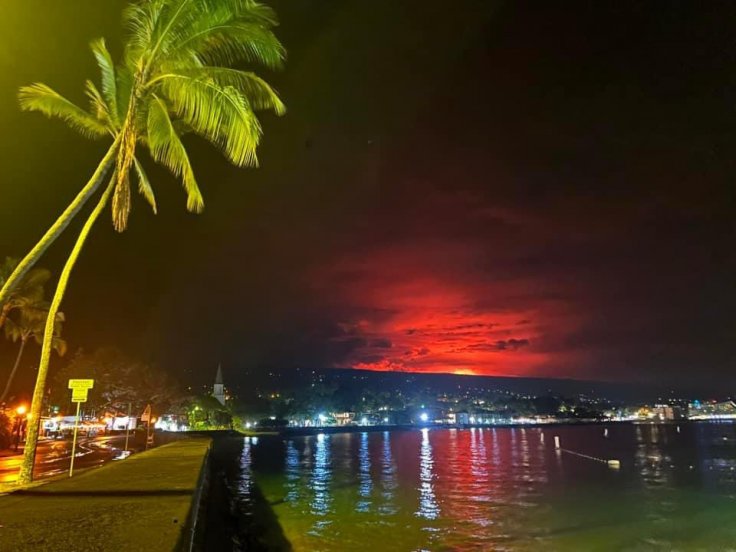Mauna Loa on Hawaii, the world's largest active volcano, has woken up from its slumber and finally erupted for the first time in nearly 40 years. It has erupted at least 33 times since 1843, with the previous eruption in 1984. The volcano sent lava flows within five miles of Hilo, the island's most populous town.
The eruption in Hawaii Volcanoes National Park, as per the U.S Geological Survey, is not threatening communities despite lave flowing down one side of the volcano. It said the eruption will remain in the Northeast Rift Zone – an area where a volcano is splitting, allowing for lava flow.
But volcanic gas and possibly fine ash and Pele's Hair (strands of lava glass) may be carried downwind, with the National Weather Service in Honolulu saying that ash fall could accumulate on parts of the island.

The US Geological Survey (USGS) upgraded the volcano's alert level to the highest classification from an "advisory" to a "warning".
Eruption Occurred on Sunday
Ken Hon, scientist-in-charge at the Hawaiian Volcano Observatory, said the eruption began late Sunday night, at Mokuaweoweo – the volcano's summit caldera, following a series of fairly large earthquakes. He warned that air quality could deteriorate while the eruption lasts.
The Mauna Loa is located inside Hawaii Volcanoes National Park and covers half of the Big Island. The volcano rises 13,679 ft above sea level and spans an area of more than 2,000 sq miles. The eruption came about after a spate of earthquakes in the region.
Mauna Loa began to erupt at 11:30 PM HST on Sunday night. The eruption is currently confined to the summit, and there is no indication that magma is moving into either rift zone at this time. HVO is closely monitoring. More information to follow.
— USGS Volcanoes🌋 (@USGSVolcanoes) November 28, 2022
The USGS said that based on past events, the early stages of a Mauna Loa eruption can be very dynamic and the location and advance of lava flows can change rapidly. If the eruption migrates beyond the walls of the summit caldera, lava flows could move rapidly down slope.
Concerns About Lava Flows
Big Island's population has more than doubled since 1980 to around 200,000 residents. As such, Hawaii's civil defence agency has warned residents could face a lava disaster. Dr Jessica Johnson, a British geophysicist, says lava flows rarely present a risk to life but they can be extremely destructive to infrastructure. She warned the lava flows posed a risk to Hilo and Kona, and volcanic gases could cause breathing problems for the local residents.

Hon said lava could flow toward the county seat of Hilo and this is likely to take a week. Scientists hope the flow will parallel the 1984 eruption where the lava was more viscous and slowed down.









